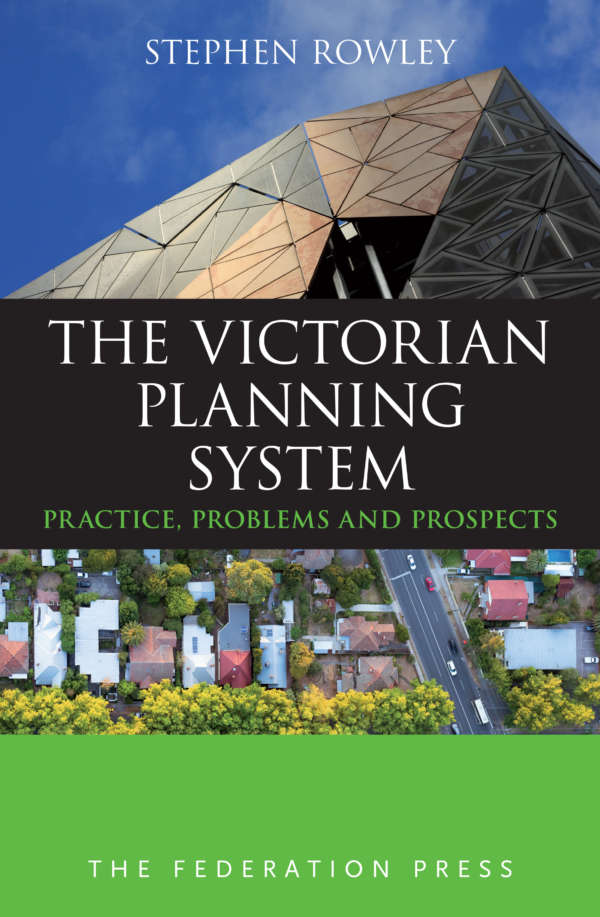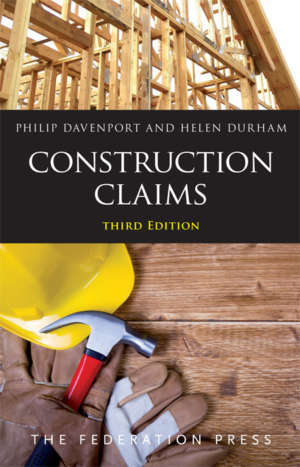Product Description
Planning in Queensland: Law, Policy and Practice takes a fresh look at the operation of planning law in Queensland, incorporating insights based on current debates and reforms to the relevant law. As with its predecessors, this new text explains the main features of Queensland’s principal planning statute, now the Planning Act 2016, and brings the features of this highly technical statute to life with a variety of case studies drawn from planning documents and legal sources.
The development industry is an important pillar of the Queensland economy. This book describes, in an accessible way, the legal framework within which this industry must operate. It makes the technicalities of the law easy to understand for a wide range of readers – practitioners, students, concerned residents and anyone who cares about the form and implications of Queensland’s ongoing urban development.
England’s thoughtful analysis stimulates further discussion about the important issues underlying the nature of the development system. The book also includes a contribution from Judge Michael Rackemann, which offers valuable insights into the Planning and Environment Court.
This book provides a clear account of the principles of the Planning Act 2016 and invites the reader to question, challenge and probe further into an area of law that is actively shaping the future face of Queensland.
Foreword by the Hon Judge Michael Rackemann
Preface
List of Tables, Figures, Boxes
List of Abbreviations
Table of Cases
Table of Statutes
1. The Planning Picture: A Context and History
Introduction
What is planning law?
A brief history of planning law in Queensland
Twenty years of planning law reform: observations and reflections
Conclusion
References
2. Ecological Sustainability: Standing Aloof?
Introduction
What is ecological sustainability?
What does the duty to facilitate ecological sustainability actually involve?
Implementing ecological sustainability in the PEC
Some comparative jurisprudence from New South Wales
Conclusion: whither the goal?
References
3. The Controlling Hand? State Powers in Planning and Development Control
Introduction
State planning instruments
Other State powers
Economic Development Act 2012
Case studies of the State–local interface
Conclusion
References
4. Local Planning Instruments
Introduction
Local planning schemes
Other local planning instruments
Performance based planning in practice
Conclusion
References
5. Bringing It All Together: The Development Assessment System
Introduction
The Development Assessment System: origin and evolution since 1997
What is development and when must it be assessed?
The DAS steps
What happens if a procedural requirement in the DAS is not complied with?
Private certification
Conclusion
References
6. Judicial Contributions to Development Assessment
Introduction
Planning instruments – general principles of interpretation
New and draft planning instruments
Code assessment: the residual discretion
Impact assessment: additional assessment criteria
Conclusion
References
7. Approvals, Conditions and Charges
Introduction
Development approvals
Development conditions
Infrastructure charges and conditions
Conclusion
References
8.Making it Work: Offences, Disputes and Appeals
Introduction
Development offences and enforcement provisions
Legal proceedings – declarations and appeals
Dispute resolution bodies
Practice and procedure
Special features of the PEC
Development tribunals
Conclusion
9. Conclusion
Index











